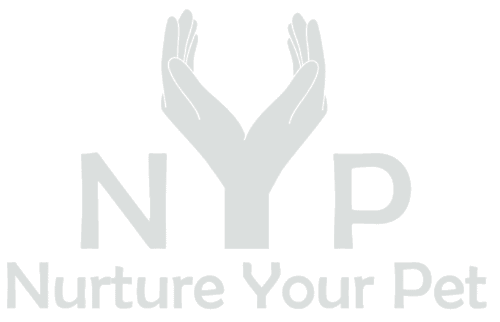What are the symptoms of Exposure to Toxic Mold?
Some of the symptoms to look for mold inhalation in your dog include:
- Bleeding from the nose or mouth
- Coughing and sneezing
- Excessive scratching which leads to bleeding
- Rapid breathing
- Difficulty breathing
- Vomiting
- Reduced appetite
Signs and symptoms of toxic mold exposure may resemble other conditions. If you notice these signs in your furry friend, then you should take it to a veterinary doctor to confirm if toxic mold is the actual cause of the symptoms.
Adverse Health effects of Exposure to Toxic Mold
Toxic molds are highly dangerous to pets. They weaken the immunity of your dog and make it susceptible to various infections. Here are some of the dangerous effects of exposure to toxic mold:
Damage to the Gastrointestinal Tract
When dogs eat molds, these toxins contaminate the gastrointestinal tract and cause many issues such as diarrhea and upset stomach. What’s worse, these toxins can travel through the digestive system into the liver and kidney. They can potentially cause cancer in the liver and kidneys.
Ensure that your dog eats fresh food and in a clean bowl to reduce the chances of ingesting toxic mold. Allergic reactions. One of the most common causes of atopic dermatitis in dogs is exposure to molds in their environment. Molds trigger allergic reactions in dogs which are hypersensitive reactions to foreign substances by their immunity system.
Molds are multicellular fungi that thrive in moist environments. When dogs inhale these molds, it causes a chain of painful and uncomfortable reactions in their body and on their skins. If the cause of these allergies is not detected early, then the reactions will become chronic.

Respiratory Issues
When dogs inhale toxic molds, it is likely to interfere with their respiratory system. Some of the complications that may occur include pulmonary hemorrhage, wheezing, coughing, nasal swelling, and sneezing.
The respiratory system is an important function of the body that if not treated quickly may result in the death of your dog. If you notice any of these symptoms in your dog, ensure you see a vet immediately.
Neurological Issues such as Tremors
The moment your dog starts to have tremors and seizures, then chances are your dog may have exposed to the toxins for a long time.
Muscle tremors will make your dog appear like it is drunk or having trouble walking for a few days. In the case of severe mold poisoning, your dog may have strong seizures and even die.
Death
This is the most extreme consequence of molds in pets. If your pet inhales or ingests high qualities of mold and does not get immediate help, then it may eventually lead to death. This is because the toxins interfere with the vital functions of the body including the nervous and respiratory systems.
Conclusion
Molds, if left unchecked can cause serious health problems to your dog. That is why you should ensure that there are no molds in any part of your home. Some of the symptoms of mold exposure in dogs include lethargy, scratching of the skin, bleeding from the nose or mouth among many others. If you notice any of these symptoms in your furry friend, ensure you talk to a vet immediately before things get out of the hand.
Author: Vincent Otieno









